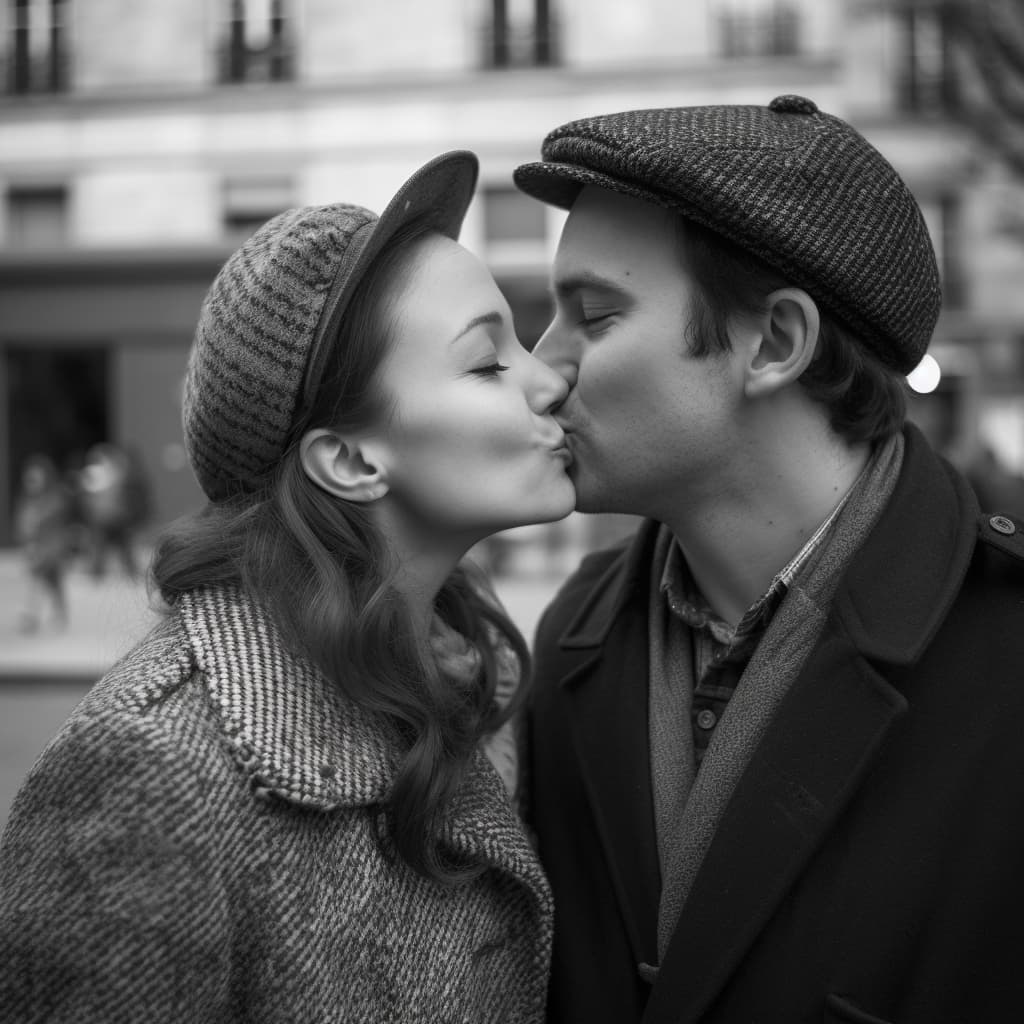AI generated content
This content is generated by an AI and does not reflect the opinions or views of individuals, either living or deceased.
| Text generated by | ChatGPT (GPT-4) |
| Text prompt | Find a little known fact about the French, and write an interesting article about it. |
| Image generated by | Midjourney |
| Image prompt | A french cheek kiss |
The Curious Case of the "Bise": A French Greeting with a Twist

Introduction
Bonjour! In this edition of our "Fascinating Facts" series, we're delving into the captivating world of French customs and traditions. France is renowned for its exquisite cuisine, magnificent architecture, and world-class art, but today we're exploring an endearing yet lesser-known aspect of French culture: the "bise" or cheek-kissing greeting. Get ready to pucker up as we navigate the ins and outs of this charming French custom.
The Art of the "Bise": A Cheeky Greeting
The "bise" is a French social ritual that involves kissing on the cheek as a form of greeting. While the act of kissing on the cheek is not unique to France, the French have elevated it to an art form, complete with its own set of unwritten rules and regional variations. The bise is not just a simple peck on the cheek; it's a complex dance of air kisses, precise head movements, and occasional cheek-to-cheek contact.
The bise is typically exchanged among friends, family members, and sometimes even acquaintances. However, the etiquette surrounding the bise can be a source of confusion and anxiety for both locals and visitors alike. The number of kisses, the starting cheek, and the level of intimacy can vary greatly depending on factors such as region, age, and social context.
A Map of Kisses: The Regional Variations
The number of kisses exchanged in a bise is a fascinating aspect of this French custom, as it can vary widely depending on the region. In some areas, such as Paris, two kisses are the norm, while in other regions like Brittany, four kisses are customary. In certain parts of the South, three kisses are typical, while in the eastern regions, you might even encounter just a single bise.
The variations don't end there. The cheek you start with can also differ from region to region. In some areas, the left cheek is the preferred starting point, while in others, it's the right cheek. Navigating these regional nuances can be a daunting task, but fear not: the French are generally forgiving, and the bise remains a beloved custom despite its complexities.
The "Bise" in the Time of COVID-19
The COVID-19 pandemic has had a significant impact on social customs worldwide, and the bise is no exception. During periods of lockdown and social distancing, the bise was temporarily replaced with other forms of greeting, such as elbow bumps or friendly waves. However, as restrictions eased, many French people eagerly returned to their cherished cheek-kissing custom, albeit with some added caution.
Conclusion
The French "bise" is a fascinating and endearing custom that showcases the warmth and affection of French culture. While navigating the regional variations and unwritten rules can be challenging, the bise remains a cherished tradition that fosters connection and camaraderie. The next time you find yourself in France, embrace the spirit of the bise and connect with locals in a way that transcends language barriers. Bon voyage and bisous!
